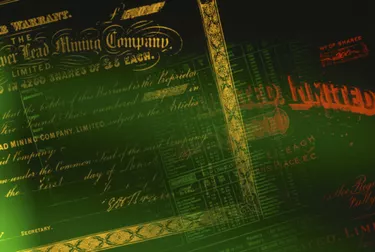
In an employee stock ownership plan, or ESOP, a company grants employees shares of ownership in the company as part of their overall compensation package. This can help align the interests of employees and shareholders, because when the company does well, the market value of the stock price should rise, benefiting employees and shareholders alike.
Purpose of ESOPs
Video of the Day
Employee stock ownership plans are primarily intended to be retirement vehicles and are therefore regulated under the Employee Retirement Income Security Act of 1974. Generally, you cannot cash out an ESOP unless you retire, reach age 65, become disabled or leave the company. ESOPs can also provide a way for retiring executives of closely-held companies to receive value for their shares on the way out the door. Otherwise, they would have a difficult time selling their stock for money to live on in retirement.
Video of the Day
Vesting
For you to receive long-term benefit from any shares in an ESOP, those shares must first be "vested." This means that you have a claim on the value of these shares if you leave the company. Typically, shares vest gradually over a period of about five years. After five years have passed, you will be entitled to the full value of these shares when you retire, turn 65 or otherwise leave the company.
Borrowing From Your ESOP
It is theoretically possible for you to borrow directly from the plan in an arrangement similar to a 401(k) loan. However, this is not true of all plans. It is, furthermore, unusual for ESOP plans to contain significant cash assets with which to make employee loans, as they by definition contain mostly shares of stock. Each company sets the terms and conditions of its own ESOP plans, within the guidelines of federal law. Not every company permits employees to use their ESOPs as collateral. Check with your plan administrator to see if your plan documents permit you to borrow against your ESOP and under what conditions.
Getting a Third-Party Loan
It is possible for you to go to a third party to get a loan against the vested portion of an employee stock ownership plan. The lender can see, from your plan documents, the value of the plan and knows you can access the assets when you retire, leave the company, or turn 65. You will not be able to pledge the ESOP account directly as collateral, however, since the company has a fiduciary obligation to run the plan in employee's best interests, and this may not permit them to release assets to a lender. You will likely have to take an unsecured loan and show your vested ESOP shares on a balance sheet when you apply for the loan.